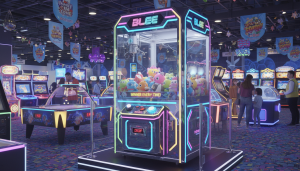Carnival games are not only popular among fairgoers but also a lucrative source of revenue for fair organizers and vendors. The combination of fun gameplay and the potential to win prizes attracts both children and adults, making carnival game booths a profitable venture.

When it comes to assessing the revenue potential of carnival game booths, various factors come into play. One crucial factor is the number of game units available. Based on client feedback and industry observations, it is estimated that having around 10 game units can generate substantial monthly revenue.
Typically, the revenue generated from carnival game booths follows a certain pattern. Initially, the revenue from the first month covers the cost of purchasing the game units. This includes the initial investment in game materials, props, and prizes. Once the purchase cost has been met, subsequent revenue is pure profit.
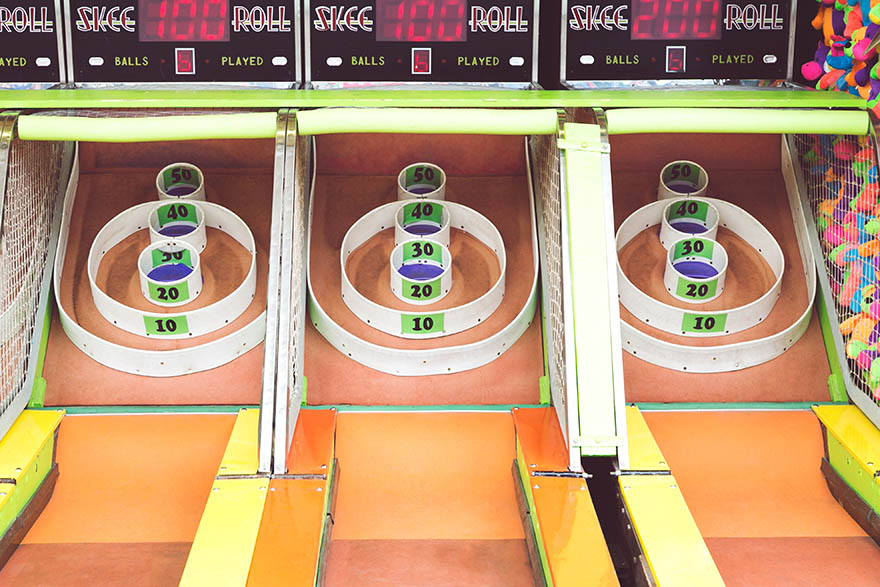
The popularity of these game booths plays a significant role in their revenue potential. Both children and adults are drawn to the excitement and challenge of carnival games. Furthermore, the allure of winning prizes at a relatively low cost encourages more people to participate. The joy of receiving a prize, regardless of its value, adds to the overall experience and creates a sense of satisfaction among participants.
The relatively low cost to play the games also contributes to their popularity. To play most carnival games, participants are required to pay a small fee per attempt. This affordable pricing structure ensures that the games remain accessible to a wide range of fairgoers. As a result, more people are inclined to try their luck, thus increasing the potential revenue generated by the game booths.
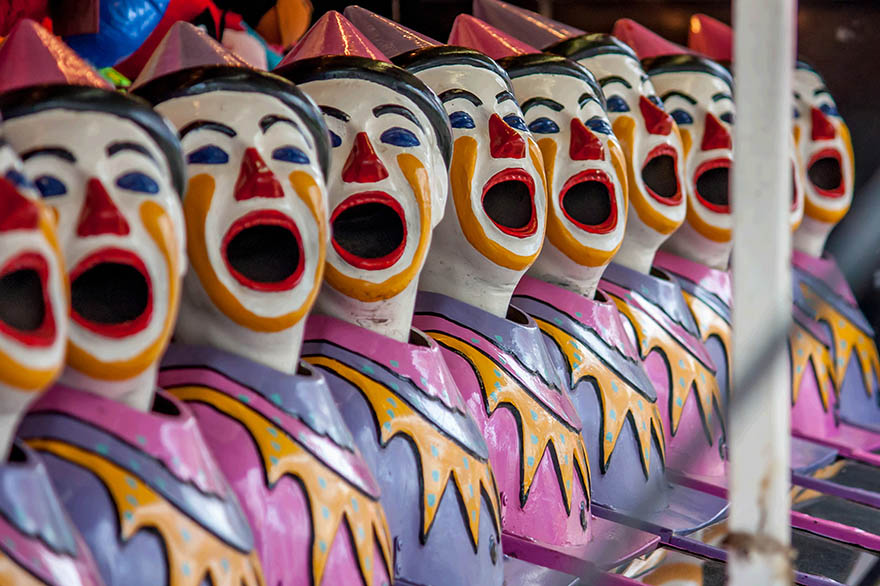
Additionally, the appeal of carnival game booths is not limited to a specific age group. Both children and adults enjoy the challenges and thrill of games like throw the ball, ring toss, and bean bag toss. The inclusivity of these games contributes to their widespread popularity. This broad audience appeal ensures a steady stream of participants and a consistent revenue flow.
The potential for profitability in the carnival game booth industry has led to a growing popularity in recent years. Many vendors and fair organizers recognize the demand for these games and invest in acquiring additional game units. This expansion allows them to cater to larger crowds and increases the revenue potential even further.
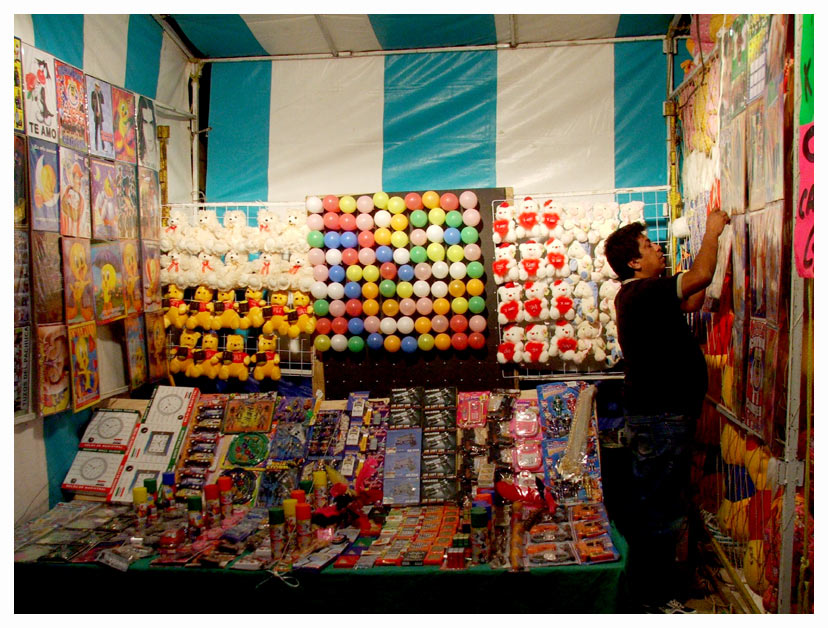
It is worth mentioning that the revenue generated varies depending on several factors, such as the location of the fair, the duration of the event, and the overall footfall. Consequently, a fair located in a densely populated area with high levels of foot traffic is more likely to generate higher revenue from game booths compared to a fair in a less populated or remote location.
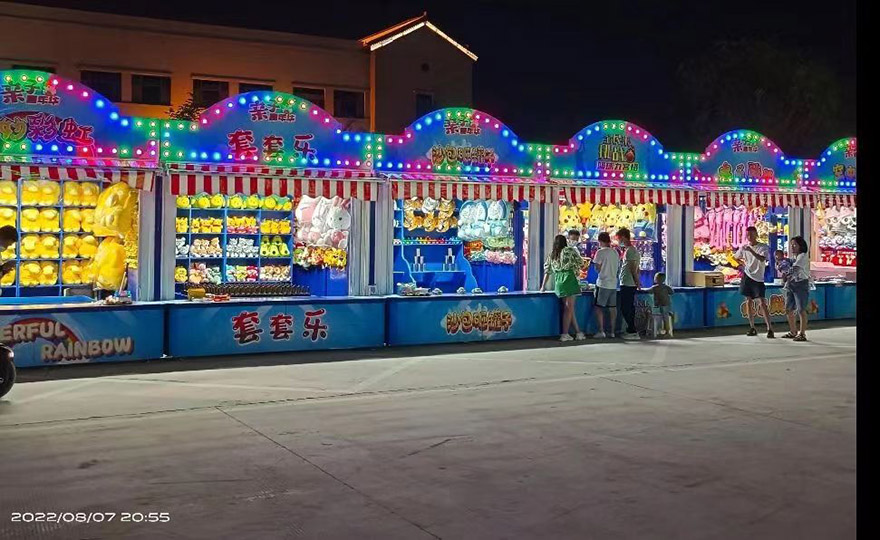
In conclusion, carnival game booths serve as a significant revenue stream for fair organizers and vendors. The combination of popular game choices, affordable pricing, and the prospect of winning prizes makes these booths attractive to fairgoers of all ages. With the potential to cover the purchase cost within the first month and subsequent revenue becoming pure profit, the popularity and profitability of these game booths continue to grow.


